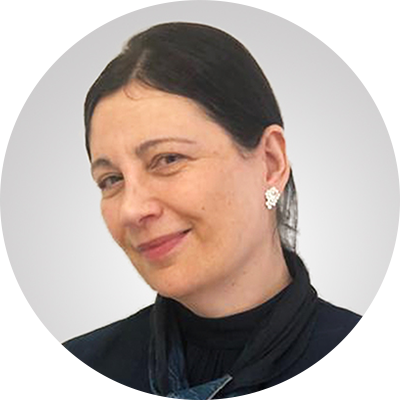Bonding Over Sea Slugs!
More people are sharing their love for nature via an app that’s got them gripped.
Perhaps it’s that people feel they can finally get back into nature after the pandemic, and are excited to share what they see, the more awesome or rare, the better. Or maybe it’s because they want to feel they are part of a gorgeous global online exercise that's helping others decode our planet’s flora and fauna while learning some more themselves. But whatever the reason, more people around the world are answering the call of iNaturalist and turning into intrepid “citizen scientists.”
As its Facebook page says about its popular app: “iNaturalist is a place where you can record and share your observations of plants and animals!” It is also a place where everyone can discuss their findings, as iNaturalist’s website reveals.
Doing their bit for science
But there’s more to this trend than stunning social media posts. These lay scientists, or “identifiers” as iNaturalist calls them, are keen to contribute to this “citizen science platform” because they want to add their bit to the global bank of scientific knowledge. This may sound like an overambitious goal, something iNaturalist themselves refer to as “putting diversity on the map,” but as Australian naturalist Thomas Mesaglio explains in the above video, the take up by the scientific community is rapid, and regular folks can “contribute data on threatened, data-deficient, or invasive species.” The experts, meanwhile, find it really gratifying that regular people share their passion for the natural world.
As Mesaglio points out: “I can go out, I can take a photo of some really interesting bug, upload it to iNaturalist, and then someone on the other side of the world can literally identify it within the next minute for me… If it ends up becoming research grade, it only takes a week or two to go to GBIF [the Global Biodiversity Information Facility, an international data network funded by the world’s governments to facilitate open access to data about all forms of life on earth].
He also clarifies that new statistical techniques mean that this data can be really valuable to researchers trying to find records where they may not have the time, money or resources to go out and survey those species themselves. Citizen scientists, he explains, can also help researchers better understand range, so they get a better picture of where species actually live and roam. App users can immediately see photos, maps and dates of species sightings, with just the click of a button.
The nonprofit’s Instagram explains its mission like this: “On iNaturalist, you can share your observations of wild organisms, get ID help, and make your findings available for researchers! ”
One of its videos from a few years back, is titled “Complete Scientific Research In Your Own Back Yard with iNaturalist!”. The byline reads: “Have you ever wished you could help out real scientists across the world without needing to devote inordinate amounts of time and effort? Now you can!”
New technologies have also helped fuel the growth of iNaturalist, including its machine-learning algorithm, honed by the identifications of the app’s users over the last decade. Better smartphone cameras and more widespread wireless internet access have also made it a more effective tool.
Forging a community for naturalists
But iNaturalist is also about building bridges in an age of divisive online environments. A New York Times article suggests that underlying this staggering global interest in recording plants and animals, is an app that is teaching humans how to get along with each other.
Writer Amy Harmon, quotes Dr. Merav Vonshak, an ecologist, celebrating how millions of “strangers come together to pursue a very specific type of truth: the correct scientific classification for the living things they photograph in the wild or the backyard.”
Harmon observes that like many other iNaturalist users, citizen science advocate, Dr. Vonshak, uses utopian metaphors to describe the platform’s collaborative nature: “It reminds me of “Star Trek,” you know? Our society as I would wish it would be,” Vonshak told the New York Times.
iNaturalist’s community guidelines, after all, set the tone for collaboration. They include “assume people mean well,” “don’t justify identifications with your credentials or dismissive comments” and “you don’t have to have the last word.”
Or as biologist Carlos G. Velazco Macias observes on iNaturalist’s website: “No matter where in the world you are, iNaturalist brings people together. Whether you have a PhD or just love the outdoors, iNaturalist will bring you closer to nature and many fellow naturalists. Viva Naturalista!!”
The joy of living vicariously
Mesaglio also emphazizes that iNaturalist gives people the chance to really live vicariously through other naturalists from around the world: “You can be sitting in an apartment block in the most urbanized city in the world and you can go through and look at observations from deep sea Antarctica, the remote jungles in the Amazon, the outback of Australia, and you just get to experience all these amazing species from around the world that you may never have the opportunity to actually see yourself which really brings a smile to your face.”
YOU MIGHT ALSO LIKE:
Tune In To Nature!
Check Out These 5 Must-Have Apps for Budding Plant Parents
Study Reveals the Smell of Nature Improves Wellbeing






